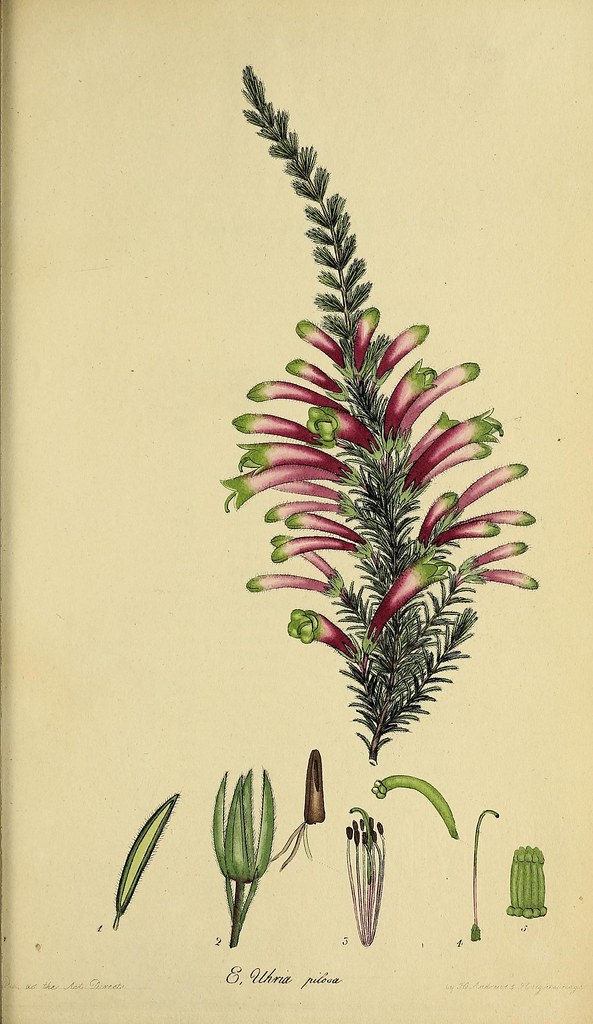#pilosa
Text

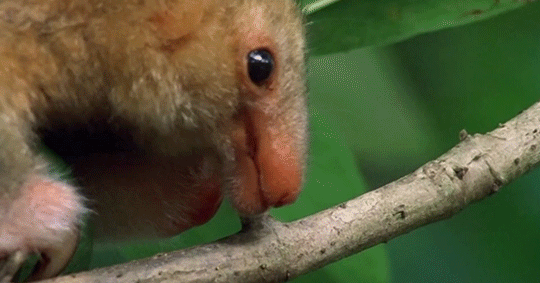




"This slow mover is a silky anteater. His giant claw and a gripping prehensile tail help keep his balance as he walks the mangrove tightropes of the swamp."
BBC Earth
#BBC earth#silky anteater#pygmy anteater#trinidad#jungle#swamp#mammalia#pilosa#insectivore#request#earthandsunandmoon
3K notes
·
View notes
Text
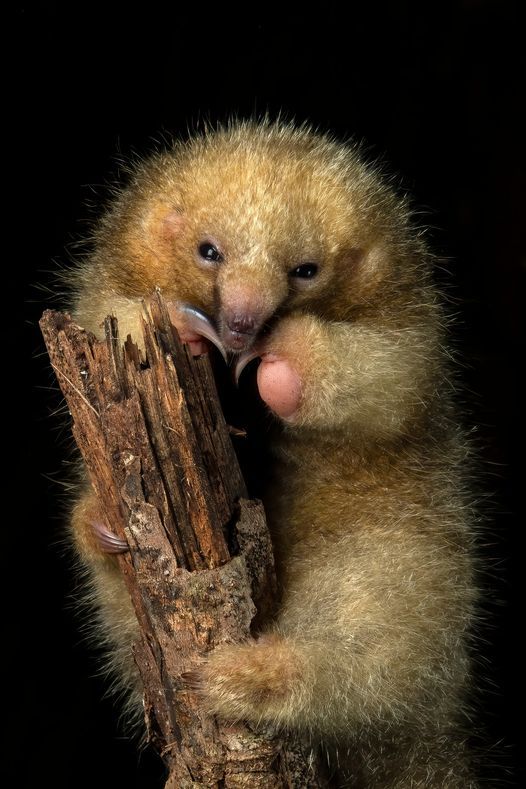
Silky Anteater (Cyclopes catellus), family Cyclopedidae, Bolivia
photograph by Cristian Torica
393 notes
·
View notes
Text


Thalassocnus, a semi-aquatic ground sloth. There's a little reconstruction to show it swimming too!
643 notes
·
View notes
Text
Taxonomy Tournament: Mammals

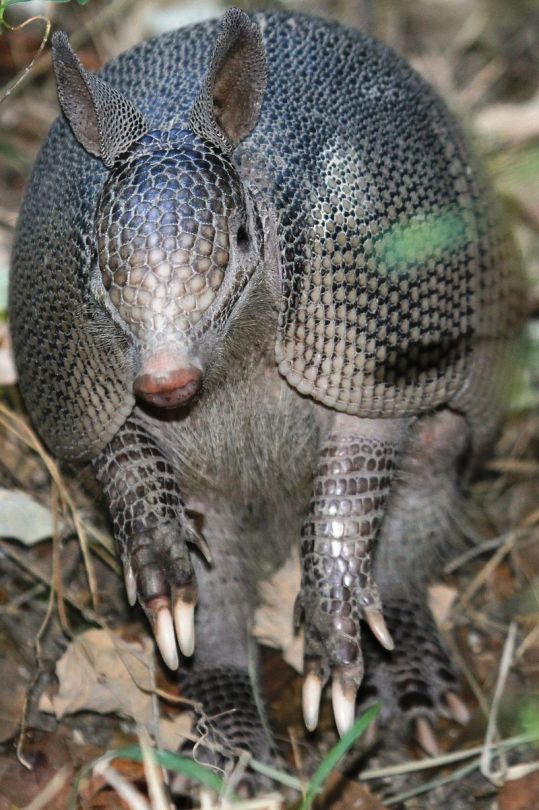
Pilosa. This order, meaning ''hairy'', is made up of anteaters and sloths.
Cingulata. This order is made up of armadillos, small mammals with a leathery shell.
#animals#biology#polls#poll tournament#zoology#anteaters#sloths#mammals#tetrapods#armadillos#Pilosa#Cingulata#0x70v0x8f#animal tournament#Animal Tournament Round 1
41 notes
·
View notes
Text

Three-toed Sloth
15 notes
·
View notes
Text
Uncharismatic Fact of the Day
How far out can you stick your tongue? The giant anteater can stick theirs out up to two feet (0.6m)! What’s more, this astonishingly large tongue can be flicked in and out of their mouth up to 150 times a minute, consuming more than 35,000 insects in one day!

(Image: A giant anteater,(Myrmecophaga tridactyla) and her not-so-giant baby by Jason Woolgar)
If you like what I do, consider buying me a ko-fi!
97 notes
·
View notes
Photo

Probably my favorite Heliamphora ever!! It’s just sooo dark and hairy! Heliamphora minor var. pilosa clone #3. . . . . . #heliamphoraminorvarpilosa #heliamphoraminorpilosa3 #heliamphorapilosa #pilosaclone3 #pilosa #heliamphora #wistuba #sunpitcher #heli #maneater #plants #botany #botanist #plant #iphonex #shotoniphone #pitcherplantproject #greenhouse #carnivorousplant #carnivorousplants #carnivorousplantsofinstagram #plantsofinstagram #icps #plantsplantsplants #plantsmakepeoplehappy #colorado #coloradosprings #colospgs (at Colorado Springs, Colorado) https://www.instagram.com/p/CoB4CaiOry0/?igshid=NGJjMDIxMWI=
#3#heliamphoraminorvarpilosa#heliamphoraminorpilosa3#heliamphorapilosa#pilosaclone3#pilosa#heliamphora#wistuba#sunpitcher#heli#maneater#plants#botany#botanist#plant#iphonex#shotoniphone#pitcherplantproject#greenhouse#carnivorousplant#carnivorousplants#carnivorousplantsofinstagram#plantsofinstagram#icps#plantsplantsplants#plantsmakepeoplehappy#colorado#coloradosprings#colospgs
37 notes
·
View notes
Photo

A giant anteater (Myrmecophaga tridactyla) foraging for insects in Brazil
by Daniel Parent
#giant anteater#Myrmecophaga tridactyla#Myrmecophaga#myrmecophagidae#pilosa#mammalia#chordata#wildlife: brazil
18 notes
·
View notes
Text

Drawtober Day 30- Mummy. This thing should be my mascot. It's 2 of my favorite things combined; a silky anteater and a mummy. Anteater mummy probably has some magic powers too, like maybe they can summon an army of undead ants to do their bidding.
#drawtober#my art#anteaters#anteater#silky anteater#silky anteaters#xenarthrans#xenarthra#pilosa#mummies#halloween#monsters
2 notes
·
View notes
Text

Ebony Eden
Elevated Shelves, 2022
acrylic on board
30.5 x 23 cm
#ebony eden#artists on tumblr#illustrators on tumblr#illustration#plants#acrylic#painting#plantblr#house plants#stephaniaerecta#scindapsus#satin pothos#pothos#marble queen pothos#anthurium#anthurium warocqueanum#nepenthes#pitcher plant#calathea pilosa#calatheas#spider plant
31 notes
·
View notes
Text
I have a lot of love for animals that are just named after what they are. Anteaters? They sure do man. Big brown bat? Little brown bat?? Hell yeah brother. But I think it’s even funnier when Latin names are like that too, just in a language no one can read. Myrmycophagidae is “ant eater” again. Myriapods (centipedes and millipedes) literally have a myriad of pods (feet). Anomalocaris is just “weird shrimp”.
Anyway this post goes out to the silver-haired bat Lasionycteris noctovagans aka the “hairybat night-wanderer” who has a binomial name so vague and unhelpful it describes literally every single other bat
7 notes
·
View notes
Text



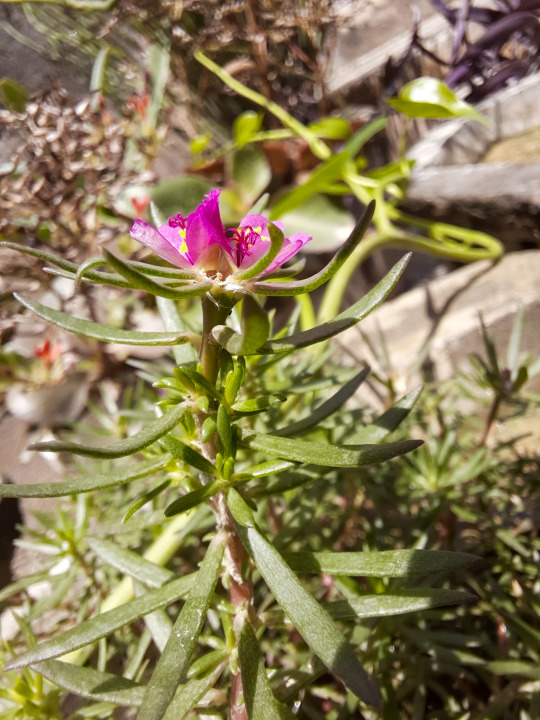
1.
#Portulaca pilosa#mobile photography#nature#Homegrown#Tiny flower#Flower photography#pink flowers#Common weed flowers#Weed
58 notes
·
View notes
Text
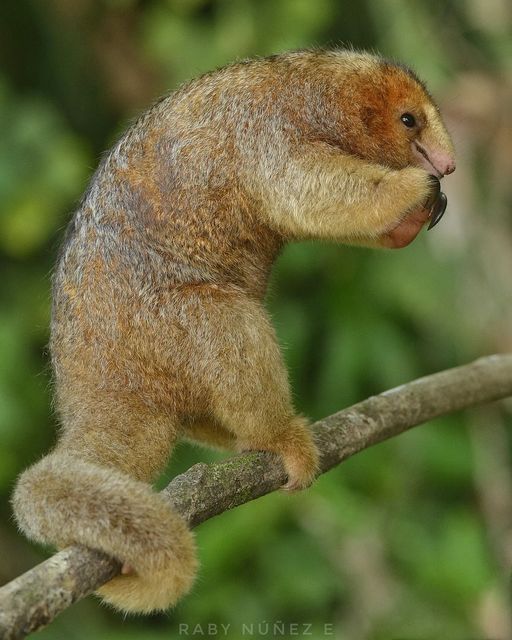
Silky Anteater aka Pygmy Anteater (Cyclopes dorsalis), family Cyclopedidae, Costa Rica
photograph by Raby Núñez
182 notes
·
View notes
Text


Megatherium, the giant ground sloth. I do love that their name just means 'big beast'.
0 notes
Text

Phlox pilosa / Downy Phlox
#Phlox pilosa#Phlox#Polemoniaceae#Downy Phlox#Prairie phlox#Native plants#Native flowers#Flowers#Nature photography#photographers on tumblr#Durham#Durham NC#North Carolina#Home
2 notes
·
View notes
Video
n208_w1150 by Biodiversity Heritage Library
Via Flickr:
The heathery, or, A monograph of the genus Erica : London :Henry G. Bohn,1845. biodiversitylibrary.org/page/58065599
#Ericas#Heather#Pictorial works#Smithsonian Libraries#bhl:page=58065599#dc:identifier=https://biodiversitylibrary.org/page/58065599#flickr#erica uhria pilosa#henry charles andrews#erica flower#botanical illustration#scientific illustration
2 notes
·
View notes
